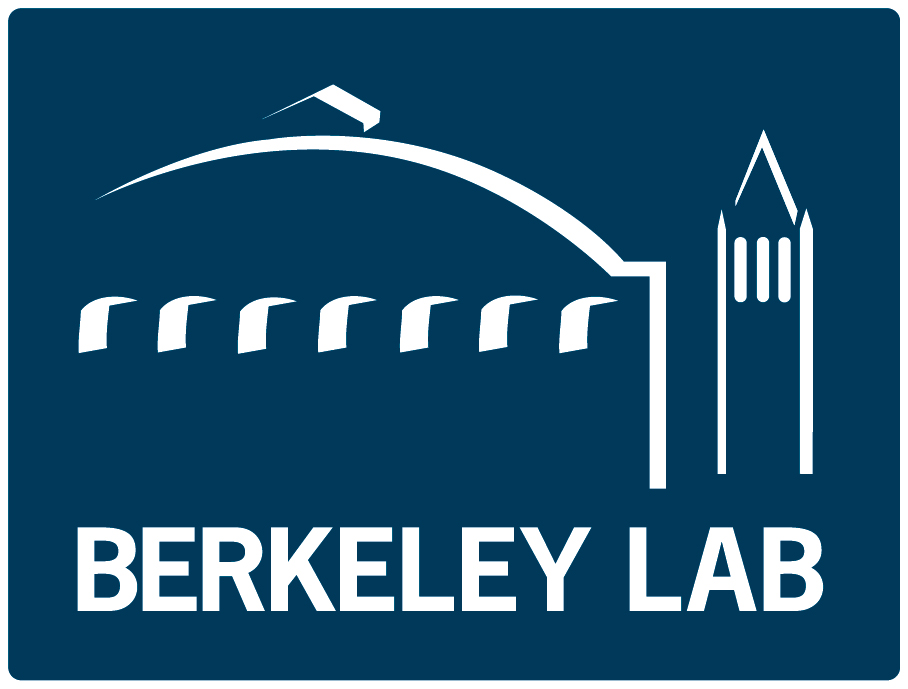APPLICATIONS OF TECHNOLOGY:
- Gene sequencing at radically reduced time and cost
- Medicine, pharmaceutical design
- Environmental monitoring (clean energy and water)
- Homeland security
- Chemical, biological, and radiation sensing
- Acoustic sensing
ADVANTAGES:
- Only one detector is needed for virtually any species due to ultra-sensitive label-free nanodetection
- Continuous measurements
- No cleaning, resetting, or degradation of sensors
- Ability to sense chemical gases
ABSTRACT:
The fundamental obstacle in the development of major nanoscale sensing technologies is the need to chemically functionalize the sensor to detect the specific object of interest and nothing else. Chemical functionalization can take years and, in some cases, may not be possible.
To overcome this hurdle in nanosensing, Alex Zettl of Lawrence Berkeley National Laboratory and Jeffrey Grossman of UC Berkeley have laid the foundation for a revolutionary, label-free method of detecting virtually any target molecule within the same platform. This technology dispenses with the laborious process of chemical functionalization and capitalizes on intrinsic vibrational frequencies for identifying a target of interest, whether a molecule, compound, protein, or nanostructure.
When nanotubes and nanowires are placed across trenches and made to oscillate like musical instrument strings, their frequencies can be controlled by varying the width of the trench. If one of the vibrational modes of a given molecule has the same frequency as the fundamental mode of the nanotube, the two objects can be in resonance with one another, allowing a large amount of energy to be transferred efficiently between the two. This is the basis of the Nano Piano Omni Sensor.
As a molecule passes each of the nanotubes in the Nano Piano Omni Sensor, tubes in resonance with one of the molecular vibrational modes will begin to resonate more than the other tubes, which are not in resonance with any molecular vibrations. In this way, each molecule strikes its own chord on the Nano Piano. The Nano Piano principle can be applied in many different contexts to significantly improve upon detection devices customized to identify only a single molecular species.
Sensing can occur without adhering a molecule to a surface, which allows for continuous measurements without cleaning, resetting or degrading the sensor. The sensors can comprise one or more elongated nanostructures, each with two ends attached to a support or substrate. This technology would radically reduce the cost and effort involved in gene sequencing, and it could also solve the intractable problem of detecting chemical gases, since it requires no adhesion to a substrate.
STATUS:
-
Published US Patent Application 12/543,359 available at www.uspto.gov. Available for licensing or collaborative research.
To learn more about licensing a technology from LBNL see http://www.lbl.gov/Tech-Transfer/licensing/index.html.
FOR MORE INFORMATION:
REFERENCE NUMBER: IB-2267
SEE THESE OTHER BERKELEY LAB TECHNOLOGIES IN THIS FIELD:
- Nanotube Radio for Communications and Medical Applications, IB-2431, IB-2432, IB-2433, IB-2434, IB-2435
- High Frequency Abacus Nanotube Resonator, IB-2330
- Membrane and Receptors for Highly Selective Gas-Phased Sensing, IB-2349
